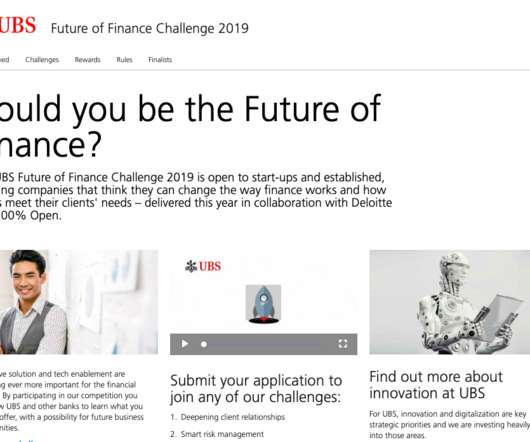Typology for Innovative Organizations
Open Innovation EU
SEPTEMBER 6, 2018
An updated version of typologies is useful because it adopts new discussions, for instance about overexploitation (Raworth, 2017), innovation (Coley, 2009) and sustainability (Griggs et al, 2013; Sachs, 2012, United Nations, 2017) and puts them at the heart of organizational typology. Socio-economic Relevance. References. Jelinek, M.,













Let's personalize your content